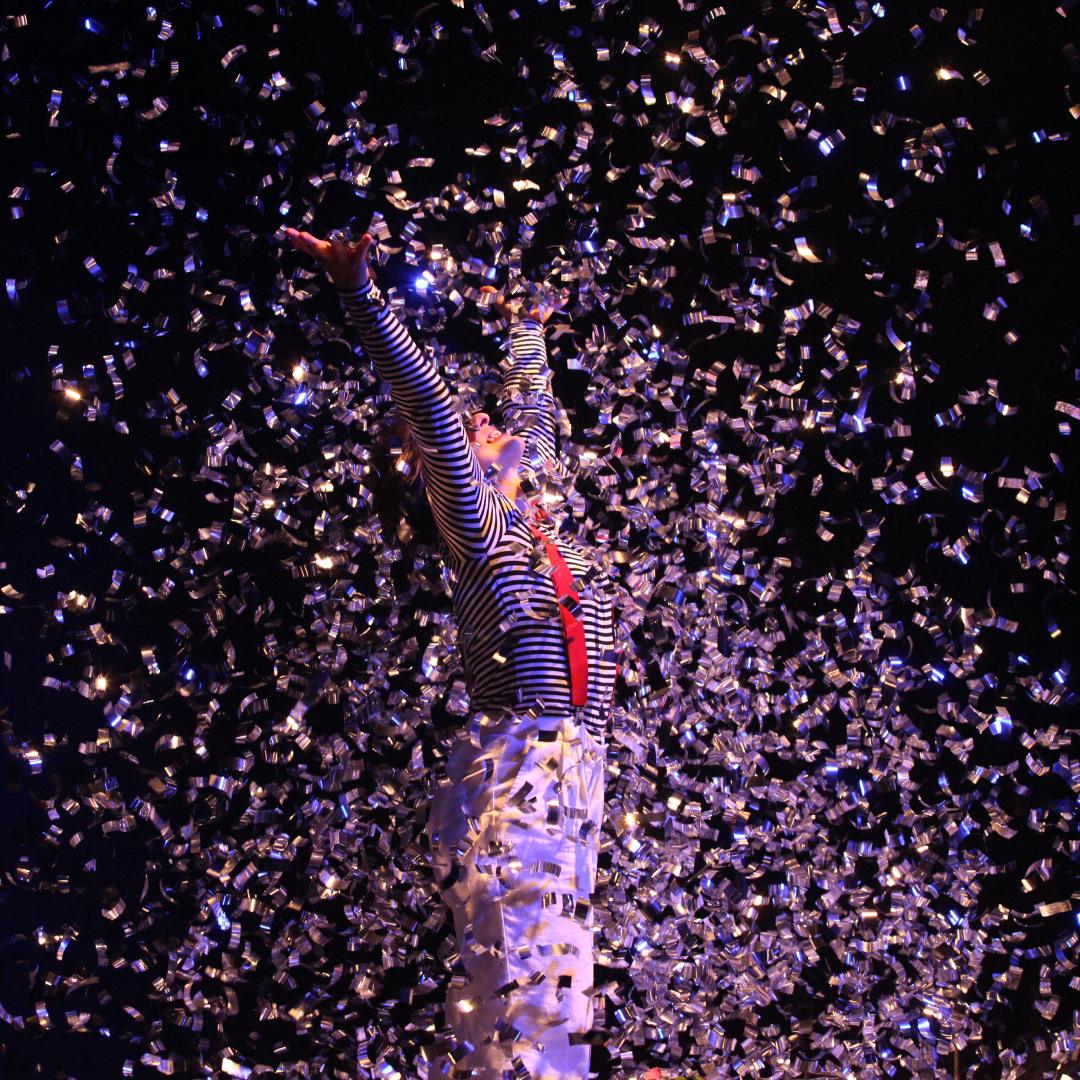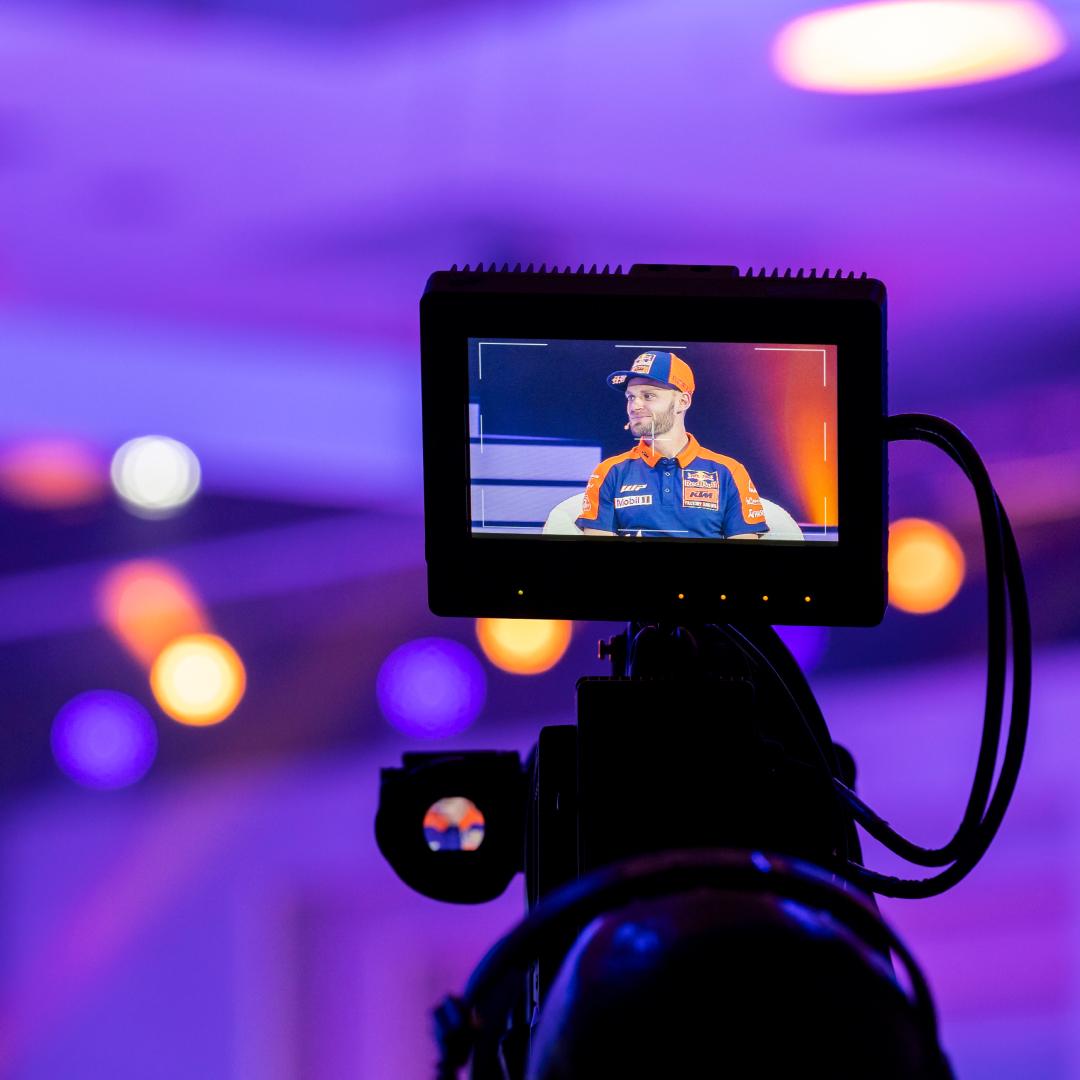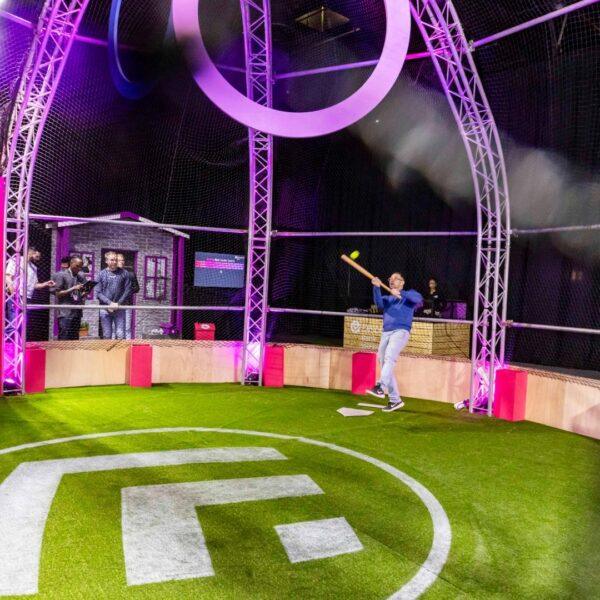
Event setup and teardown timing best practices are the backbone of live production. They shape how an event is built, how it flows and how it ends. The hours before and after guests arrive rarely get recognition, but they dictate whether the audience sees a polished experience or a crew scrambling to keep up.
Why setup and teardown timing deserves attention
Event timing sits in the background of planning, but it determines outcomes on every level. Suppliers, caterers, speakers and technical crews all work to the same schedule. If that schedule is clear and realistic, they perform at their best. If it is vague or rushed, quality drops.
Think about it this way: In 2023, 98 ICCA-recognised international meetings contributed over R2 billion in direct economic impact. High-value events of this scale rely on precise timing. Without it, they cannot deliver the consistency that clients, venues and sponsors expect.
Globally, the same picture emerges. The event management software market is projected to reach USD 45.23 billion by 2025. Much of this growth comes from tools that handle scheduling, crew assignments and task tracking. Efficiency is no longer optional but built into how the industry evolves.
Event setup timing best practices
Setup is the first test of planning. Crews arrive at a venue with limited hours to unload, install, test and refine. Best practices keep the process steady:
- Plan in layers: Heavy infrastructure like staging and trusses go in first, followed by AV, then décor and finishing details. When tasks follow this order, crews avoid waiting on one another.
- Map the route: Know exactly where trucks will park, which doors equipment will pass through and where staging areas are located. Time is lost when crews wander through unfamiliar buildings.
- Confirm access: Security checks, loading dock schedules or venue restrictions can slow down the flow. These need to be factored into the timeline.
- Schedule checks: Setup does not end with placing equipment. Sound must be tested, lights adjusted, and décor reviewed from the guest’s perspective. Allocating specific windows for testing ensures adjustments do not eat into live time.
Event teardown timing best practices
Teardown often happens at night, when energy is low and deadlines are tight. Treating it with the same structure as setup prevents delays:
- Sequence the strike: Décor and furniture go first, AV second, staging last. Working in order keeps the space safe and avoids blockages.
- Assign zones: Large venues can be split into sections with teams responsible for each. This shortens the overall timeline and improves accountability.
- Prepare transport: Trucks must be staged in advance, with space cleared for loading. Waiting for vehicles after teardown begins slows momentum.
- Track completion: A final sweep with a checklist prevents losing equipment and keeps the venue ready for handover.
Use reverse scheduling
One of the most reliable approaches is building the schedule backwards.
Start with the venue’s final clearance time and work in reverse. If the hall must be empty at 2 am, plan trucks to leave at 1:30, AV gear to be packed by 1:00, and décor to be struck by midnight. The result is a practical path with clear checkpoints.
But schedules rarely run to the exact minute. Deliveries can arrive late, equipment can fail, and traffic in major cities can add hours. Buffer time absorbs these disruptions. Adding at least an hour before doors open and another hour before the final clearance reduces pressure on crews and lowers the risk of overtime penalties.
Roles and tools for event setup and teardown
A schedule only works when paired with clear responsibilities. Instead of broad notes such as “AV setup”, break it down into timed actions, like:
- 4:00 pm: speakers installed
- 5:00 pm: sound check
- 5:30 pm: backup tested
This prevents confusion and ensures each crew member knows exactly when their part begins.
Equipment also directly influences efficiency, and investing in the right tools reduces setup and teardown hours across the board. For example, dollies, labelled crates, modular staging and digital checklists reduce wasted effort, while event apps that assign tasks and send updates keep everyone aligned in real time.
Bonus tip: Visit the site before the event to refine timings. Identifying the location of power outlets, ceiling heights, and access points can help avoid delays later. A walk-through with key crew members also builds familiarity, so they move with confidence once setup begins.
Rotating crews for efficient teardown
By the end of an event, setup teams are often exhausted. Expecting the same crew to handle teardown slows the process and raises the risk of mistakes. Bringing in a rested team for the strike speeds up the load-out and reduces overtime. It also ensures safety, as tired crews are more likely to mishandle equipment.
Treat teardown as part of the production
Although teardown is not visible to the audience, it leaves a lasting impression with venues and suppliers. A timely, professional teardown reassures venues that you respect their schedules and reduces tension with partners waiting for their equipment. Thinking of teardown as the final stage of production encourages the same care and discipline as the opening setup.
Common mistakes to avoid during event setup and teardown
Several errors repeatedly undermine timing, including:
- Assuming that small events require less setup. Hybrid technology and livestreaming can extend timelines.
- Ignoring venue or labour restrictions. Some sites enforce strict working hours that shorten the window for teardown.
- Copying schedules from past events without adapting them. Each event has unique requirements that affect timing.
- South African venues often operate on back-to-back bookings. Overrunning a schedule can block the next client and damage relationships.
The culture of event setup and teardown timing
Best practices are not only about hours and minutes. They build a culture of professionalism. Crews arrive knowing what is expected, suppliers trust the process, and venues feel confident in their partnerships. Timing builds credibility in ways that décor or entertainment cannot achieve alone.
Strong productions rely on event setup and teardown timing best practices that guide every task from load-in to load-out. Reverse scheduling, buffer time, crew rotation and clear roles are all part of the structure.
At 360 Degrees Production House, timing is integrated into every stage of planning. Our approach balances precision with creativity so that logistics never overshadow the guest experience. When hours behind the scenes are managed carefully, the event on stage delivers exactly as intended.















